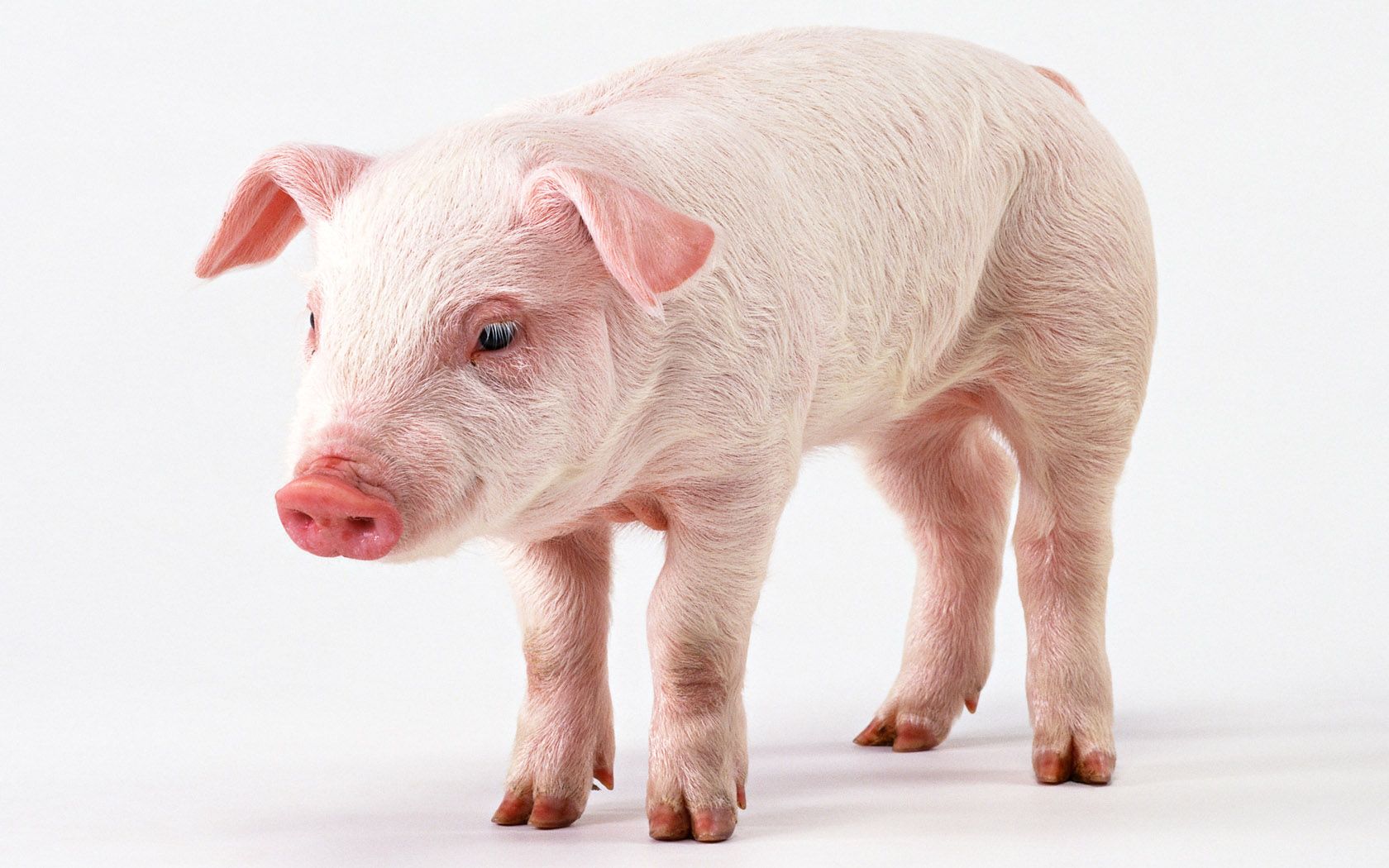Global Animal Sector Q3 Pork Report

Global pork markets remain strong amid African swine fever, inflation and policy challenges, according to the Global Animal Protein Sector quarterly pork report
North America is the top of the pork chain, but demand is improving as supply is tight in the European Union and supply and demand fluctuates in Asian countries due to pandemic shutdowns and the outbreak of African swine fever.
Despite these challenges, pork remains a top seller in many markets as an affordable protein. Since feed and energy costs are eased slightly, the pressure on producers is eased. However, overall trade flows in the global pork market are easing.
“Despite lower exports, the North American market remains strong and free of ASF“
Despite lower exports, the North American market remains strong and free of ASF. African swine fever, on the other hand, is a serious problem for producers and is being contained. Accelerated awareness and prevention efforts will limit the risk of infestation into local herds.
U.S. exports fell by as much as 20% of his market, and a sharp drop in sales to China was offset by a growing export market to Mexico. U.S. sow herds decreased by about 0.8%. Rising costs, harvesting capacity, and regulation appear to be holding back expansion, but continued strength in the market may ultimately lead to growth.
The Asian market has been plagued by COVID-19, declining herd numbers and ASF China’s pork market remains a speculative arena. Rising inflation concerns and the country’s COVID crisis have made the market more uncertain. Tight supplies and higher demand for pigs have pushed policy makers to stabilize prices and control inflation.
Although Japan’s pork consumption has slowed down due to soaring pork prices, imports remain strong. In Southeast Asia, a supply shortage has pushed pork prices up in Vietnam. African swine fever continues to affect local production and prices in Asia, particularly Vietnam and the Philippines.
Meanwhile, culling and herd breaking have increased Thailand’s pork supply by 60%, but herd numbers could drop by as much as 35% over the course of the year.
While Vietnamese pork prices rose in early July 2022, her pork demand in Vietnam, China and Japan remains low. The decline in pork consumption nationwide has been attributed to widespread lockdowns and soaring pork prices in 2022. Demand is expected to rebound as tighter supplies push pig prices higher throughout the year.
Demand for Chinese pork is sluggish, but Japan is importing more and moving away from more expensive beef options. In the European pork market, the cost of pork increases as the herd size decreases.
Prices for hogs in Europe are supported, rising due to tight supply and summer demand. In order to diversify the pork market, exports to other countries are being considered due to the low volume of exports to China, while European countries are suffering from declining pig numbers.
African swine fever continues to challenge European institutions. Her recent ASF cases have spread throughout Eastern Europe, including Germany, Poland, Italy and western Europe. ASF outbreaks result from human activity and wild boar migration.












